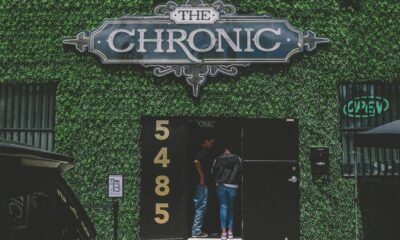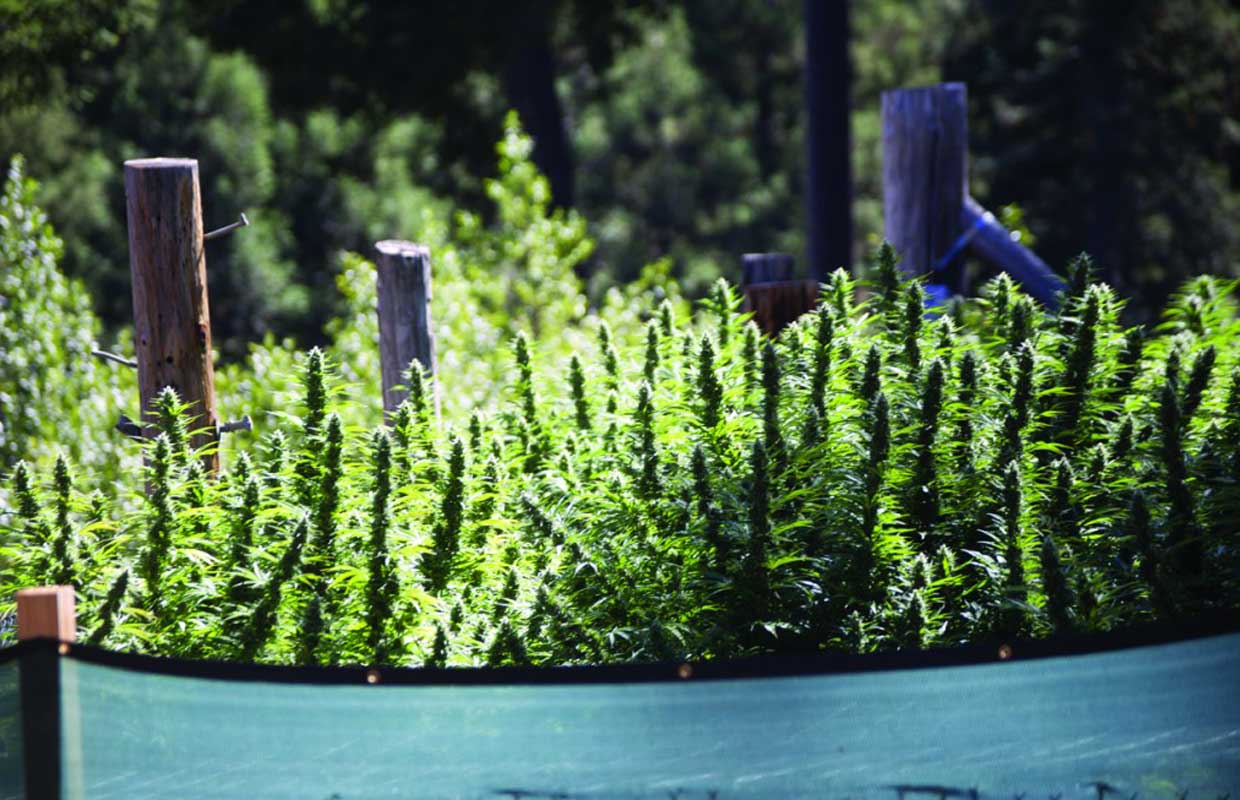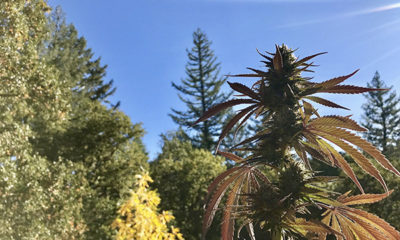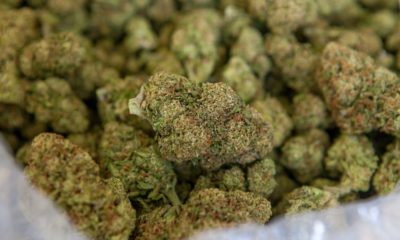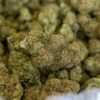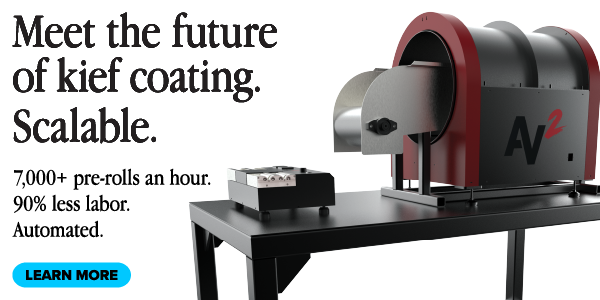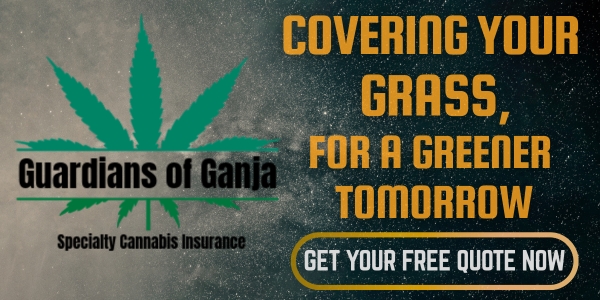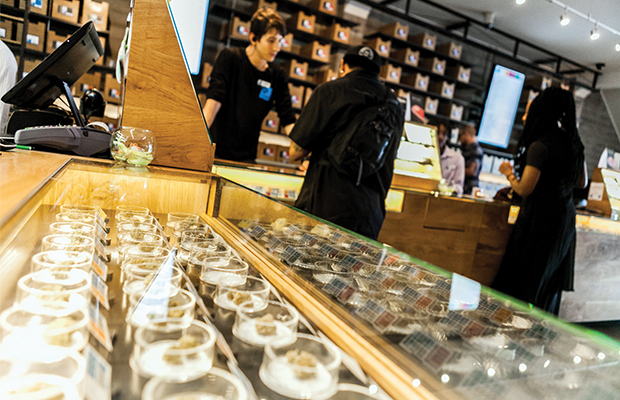
Joint Opinions
Healthcare Professionals are Needed in Dispensaries
As we enter the second decade of state-authorized medical cannabis the growing pains are evident and the maturing industry is entering a time of reckoning. Having millions of Americans legally using cannabis, medically or otherwise, is a true victory but, frankly, the time has come for a bit of reform within the industry. Those of us with long years invested in this issue can bring some much needed perspective to the issue, as NORML founder Keith Stroup recently did in his article “Concern About the Industry Influence In the Legalization Movement.” This author’s focus, as it has been for 40 years, is the medical cannabis patient.
It is fair to say that the cannabis industry has grown like Topsy. For those who may not know, Topsy was the lead character in “Uncle Tom’s Cabin,” a wild and uncivilized slave girl who declares, “I ‘spect I grow’d. Don’t think nobody ever made me.” The same can be said of the cannabis industry. It emerged from the culture of prohibition with no guidance other than to make cannabis available. So it is not surprising that the model for medical cannabis was built upon the American marijuana culture of hippies, tie-dye and The Grateful Dead. Early dispensaries in California had the distinct look of 1960s head shops and “medicine” was available in glass apothecary jars labeled “OMG Kush” and “Purple Haze.” Patients stayed away in droves. This was not “medicine” in the traditional sense and many Californians, even if they had wanted to try medical cannabis, were completely put off by the trappings.
Today, of course, there are 23 state laws recognizing medical cannabis with at least another 15 acknowledging the medical utility of CBD. The early head-shop style dispensaries have given way to a more modern Apple Store-look that is decidedly calmer and more business like. Smoking cannabis on the premises is verboten. Indeed, “smoking” marijuana at all seems to be going the way of the 1996 dispensary. Today’s preferred delivery systems include vape pens and vaporizers, tinctures, patches, salves, edibles and more. And patients have become bolder. It is not unusual to see grannies and grandpas in the dispensary lines, staring with some bewilderment at the brashly packaged choices of medicine.
These patients receive their “recommendation” from a doctor but all too often that is the last bit of medical advice they receive. Armed with a medical card and dozens of questions, patients ask the salesperson: the budtender. In any other store these folks behind the counter would be called “associates” and, like any sales force, they know their product but they don’t know medicine or physiology and that’s where the problem begins.
Budtenders can tell you all about sativa and indica. They can caution you about edibles, they can help you understand the plant behind the cute names. But they can’t, or perhaps it is better to say they should not, give medical advice. Yet they do so all the time. So do the growers and the manufacturers. In the wild cannabis market of the 21st Century there is everything in medical cannabis except the medical professional. The cannabis industry must take it upon themselves to change this situation.
There is a growing community of medical professionals out there who are studying the medical utility of cannabis and building the new medical cannabis world. There are numerous associations that are helping to educate medical professionals, offering classes with continuing education credit. Cannabis-specific medical clinics are open and staffed with doctors and nurses who will meet with patients in a traditional fashion, take a complete medical history and tailor a cannabis regimen that “plays well” with other medications the patient may be using. But in order to obtain supplies patients usually go to a dispensary or, in some states, they can actually call a manufacturer/grower and have supplies delivered. All too often the budtenders or manufacturer will contradict the advice of the doctor or nurse. Why? Just like associates in a big box store, it often comes down to supply and demand. A healthcare professional may recommend a particular product that is not in stock so the “associate” steers the “customer” in another direction to make the sale. All too often the emphasis is on THC content, an artifact of recreational cannabis world. For the medical cannabis patient, however, it has been discovered that less is often better than more. “Start low and go slow,” is the mantra of all cannabis medical professionals.
For manufacturers and dispensary owners who are serious about medical cannabis and truly care about their clients the time has come to put your money where your mouth is: hire a professional. Put a trained cannabis nurse on staff and teach your budtenders to say, “I’m sorry, I really can’t advise you about that question but our staff nurse can.” To do any less is simply unethical.
No doubt some are saying, “What’s the problem? Cannabis can’t kill you.” It is true but too much cannabis can overload the endogenous cannabinoid system (ECS), rendering it less effective in the delicate role of homeostasis and disease management. If you are truly in this for the good of the patient, respect the medical professional and seek out their help. Hire a medical professional or bring one on board as a consultant. These trained professionals will not only help patients, they can also educate you and your bud tenders so that the patient is better served. After all, isn’t that what this is all about?
Would you you like to see healthcare professionals provide services in cannabis dispensaries? Tell us your thoughts below.



